Golden Era
“It was a golden era.” That is what anyone who lived in California during the ‘70s and ‘80s would tell you. But even back then, everyone had to beware of one man. The Golden State Killer.


At the time, he was known as the East Area Rapist and during his active years, he threatened 15 counties in California. Even though he was a prolific criminal, what he really was known for was his “signature” style.
His Style
He would typically single out women who were home with their children or home alone. He would murder the woman after assaulting her, and then he would burgle the house while the kids were hiding.
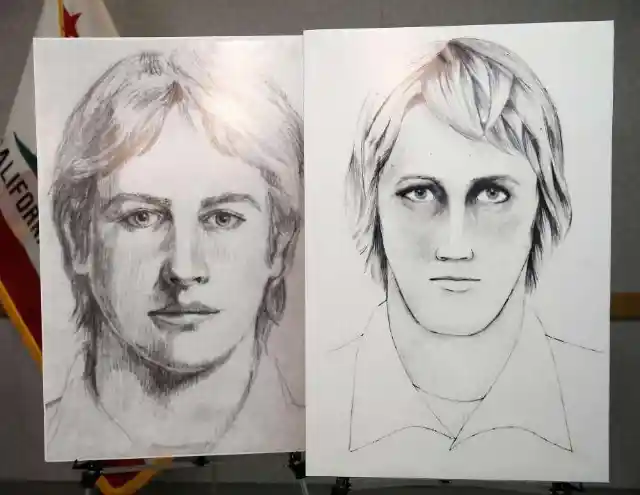
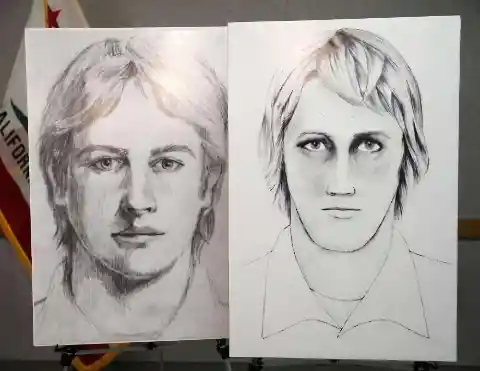
He then began attacking couples. He used to put a teacup and saucer on the backs of the victims and tell them he would murder them if he heard them rattle. But he normally killed both anyway, like when he beat a couple to death with a firewood log.*
His Estimated Crimes
It is estimated that the Golden State Killer committed 120 burglaries, 45 rapes, and 12 murders between 1974 and 1986. When the activity related to this serial criminal stopped, everyone was hoping he had died, but they didn’t sleep easily anyway.
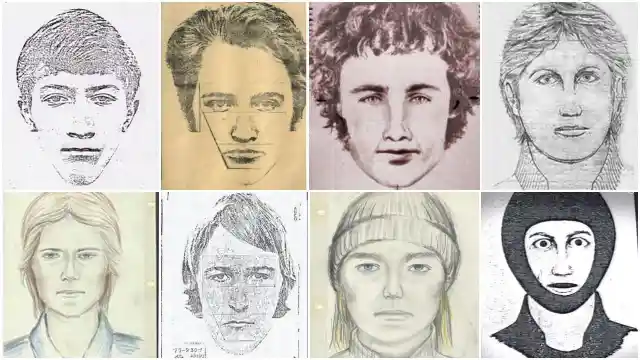
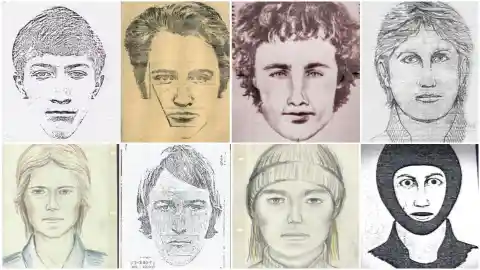
Over a decade of trauma couldn’t be suddenly healed just because there was no activity. Every Californian felt a peculiar chill every time a new crime was reported. Then, a woman brought the cold case back to life.
Michelle McNamara
Michele McNamara was a true crime author and wife of comedian Patton Oswalt.. She was the one who gave the Golden State Killer his name. From the start, she was very interested in the infamous killer.


It was extremely unsettling that the police never caught the man behind these many incidents. But luckily, it was McNara’s curiosity that cracked the old case open.
The Book
People started to be interested in her research when she began writing letters to local newspapers. McNamara was offered a book deal so she could legitimize her efforts no much longer after she began her personal GSK investigation.


Sadly, before she could finish her book, McNamara died from an accidental overdose. Knowing how important this book was to his late wife, Oswalt decided to hire a team to finish the book.
The Release
In February of 2018, the book I’ll Be Gone In The Dark: One Woman’s Obsessive Search for the Golden State Killer was published, and it got to the top of all the bestseller lists. Apparently it wasn’t just McNamara who was interested in these types of unsolved crimes.

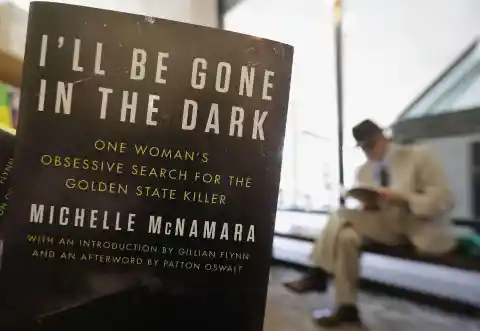
The investigators decided to re-open the case because of all the buzz around the book. But this time was different because unlike it was in the ‘80s, they now had new tools and advanced technology to help them.
DNA Test
The police ran some DNA from one of the crime scenes through an ancestry website. They sure didn’t expect a serial killer, who could just as well be dead, to have a sample in the bank.

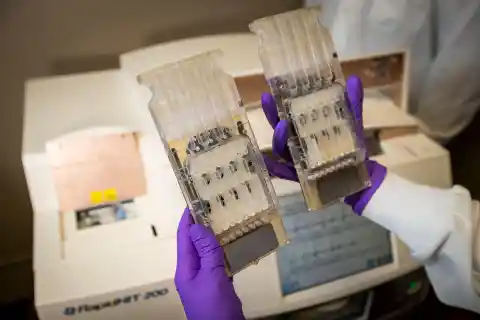
After finding some distant genetic matches using the giant database, they were able to create a “tree” back to the killer. And after some days they were able to narrow it down to one suspect, who surprisingly was alive and living in California.
The Suspect
The police arrested Joseph James DeAngelo in his home in Sacramento, just two months after the release of McNamara’s book. The neighbors were shocked, they even described him as a “suburban grandpa”.


When he was arrested, DeAngelo was 72-years-old. He had been married since 1973 and had three grown daughters, but since the early ‘90s, his wife Sharon Huddle had become estranged. They all have refused to comment.
Privacy
The world has been rattled in more ways that one because of the breakthrough of using DNA sites for criminal investigation. No matter the means, the people were pleased to see justice being served to the Golden State Killer.

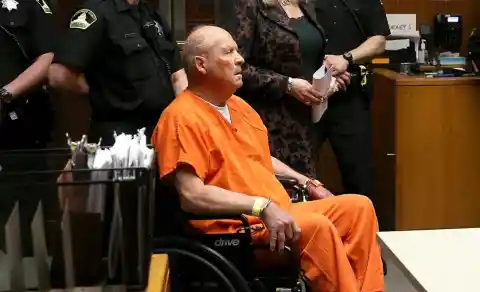
This, however, brings some questions about privacy. Sites like 23andMe and Ancestry.com have claimed that they protect their clients' information since the beginning and that their mission is only to educate people about their genetic history and bring people together.
DNA Databases Success
FBI agents and local authorities have turned to similar means when they have to track down criminals since the successful investigation with the GSK. There are some sites like GEDMatch, which are smaller, that are changing their privacy policy so they can allow criminal investigations.
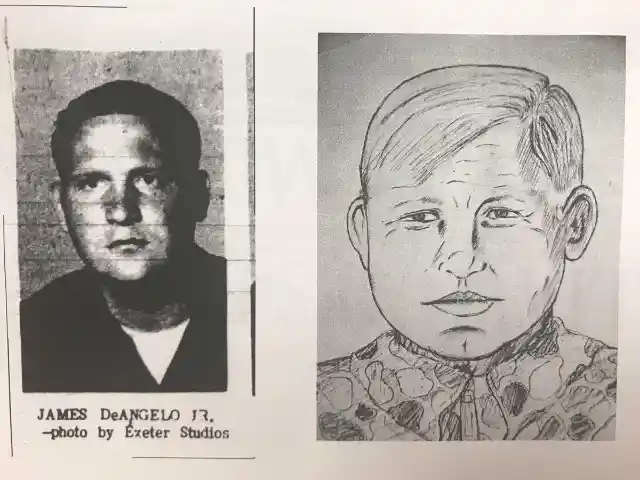

Turns out, 60% of Americans can be tracked through their DNA with the help of these databases. It doesn’t matter if you submitted your own sample or not, even if a relative you never met submits their DNA, you are in the system.
Serial Killers
Serial killers have fascinated and terrified society at the same time for decades. No matter how hard we try to understand how their brains work, we still haven't fully understood it.


One of the most intriguing and disturbing criminal cases in history is the story of Rodney Alcala. His story began in 1968 after he suffered a nervous breakdown and left the army.
His Diagnosis
After he was diagnosed with antisocial personality disorder when he was ordered to seek out medical attention, he decided to join UCLA School of Fine Arts to be a photographer.


He graduated after being able to work through his antisocial personality disorder. Everything went normal, or so it seemed. Sometime after leaving UCLA, he committed his very first horrendous crime.
The Crime
Soon after he graduated, Rodney lured an eight-year-old girl called Tali Shapiro to accompany him to his Hollywood apartment, and he was successful. But a passing motorcyclist was luckily able to notice this strange interaction and notified the police.
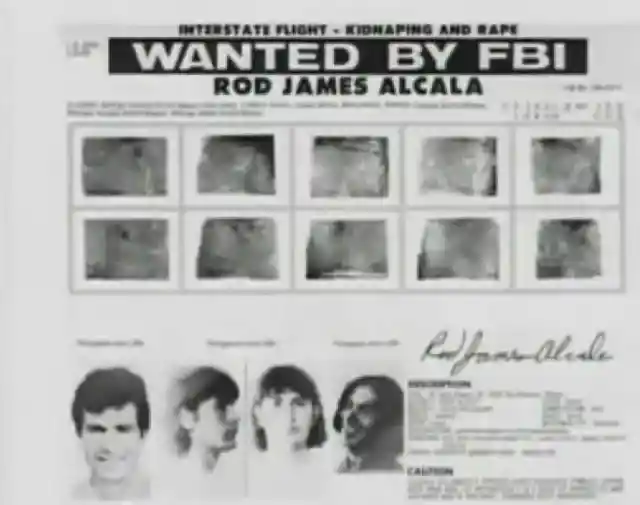
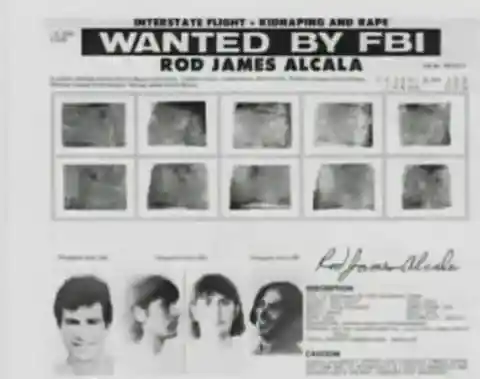
When the police arrived and were able to break into Rodney’s apartment, Rodney was no longer there, and Tali had been beaten and raped. The manhunt was now on for the police.
The Ten Most Wanted
At that instant, Rodney was added to the FBI’s “Ten Most Wanted” list. Being at large, he posed an enormous threat to anyone who would encounter him. The was no telling how much people he would hurt until the police captured him.


Rodney then changed his name and got a counseling job at a children’s art camp in New Hampshire, all this to avoid being arrested. But two children who were attending the New Hampshire art camp recognized him.
His Arrest
The kids’ parents quickly alerted authorities after the kids had recognized his picture on an FBI poster. Even though he was arrested soon after, the police had to face a huge roadblock.
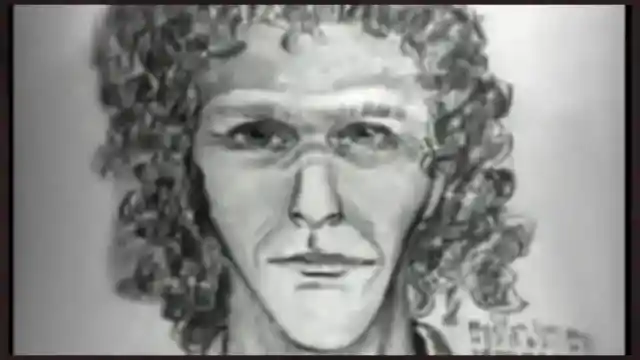

Rodney was able to plead to the much lesser charge of assault after Tali Shapiro’s family refused to let her testify in the case. And with that, Rodney got parole after 17 months and was set free.
Rodney As A Free Man
Rodney traveled to New York City in 1977, and just a week after he arrived he killed Ellen Jane Hover. Ellen was a 23-year-old socialite whose father was a club owner.


Authorities questioned Rodney as a potential suspect in the Los Angeles Hillside Strangler case in 1978, they had no idea that he had killed Ellen just a year earlier. But Rodney was ruled out after the thorough questioning.
His Victims
Rodney convinced hundreds of girls, who would later end up victims of assault and battery, that he was a professional fashion photographer, and then he would take explicit photos of them and say it was for his “portfolio”.


One time, Rodney auditioned to be a contestant on The Dating Game, a popular TV show, and he passed the audition. He competed for a chance to date Cheryl Bradshaw, and he managed to win.
Cheryl Bradshaw
Cheril Bradshaw refused to go on the actual date since she was unnerved by Rodney’s behavior. This was Cheryl’s luckiest decision, but Rodney was not finished, he would keep terrorizing women.
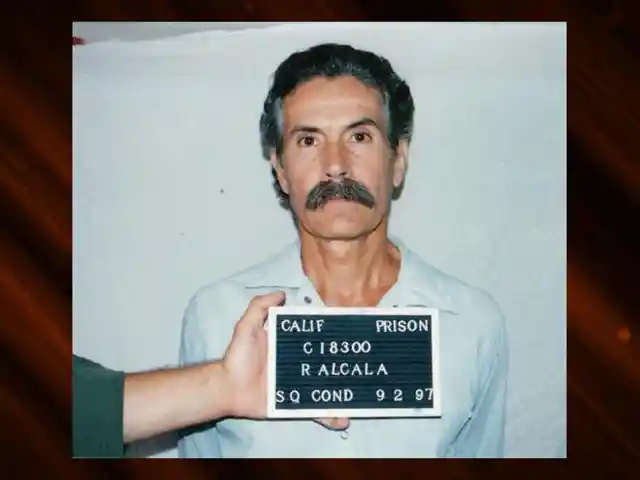
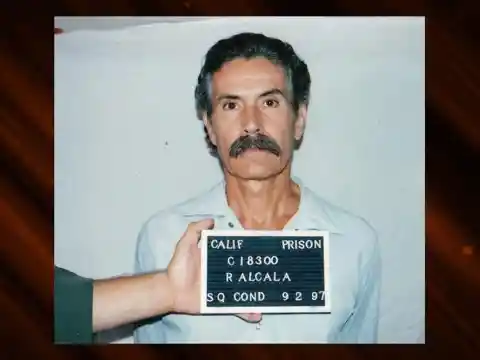
The body of Robin Samsoe, a 12-year-old, was found in the Los Angeles foothills soon after Rodney’s appearance on the game show. The young girl’s friend said they were approached by a man whose description matched Rodney’s.
Rodney’s Sentence
Rodney had approached the girls asking to take their photograph. After he was arrested in 1979, he was sentenced to death, but once again there was a roadblock. The two times Rodney was brought to trial, both times receiving death sentences, the verdicts were overturned.


This was because the jury wasn’t properly informed about his criminal past. But when his semen matched DNA samples taken from two different crime scenes in Los Angeles, he was brought in for the third time.
His Downfall
Because of the DNA evidence, he was convicted for the murders of four other female victims: 31-year-old Charlotte Lamb, 27-year-old Georgia Wixted, 18-year-old Jill Barcomb, and 21-year-old Jill Parenteau.
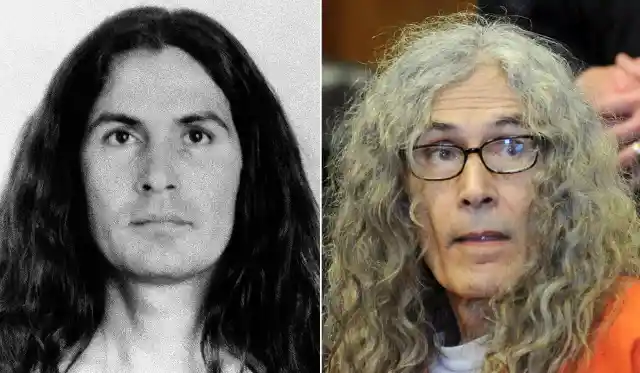
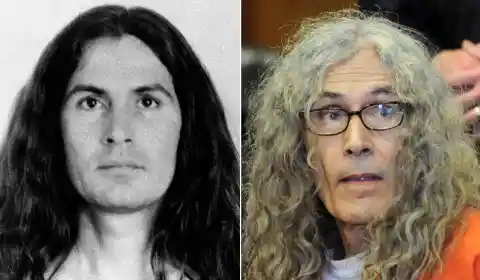
During this final trial, he was found guilty on all counts of murder which included those of Ellen Jane Hoover and Cornelia Michel Crilley, two cases from the 1970s. Rodney even tried to interrogate himself for five hours, but in the end, he failed. He now sits in California’s State Prison in Corcoran while he waits for appeals on his death sentences.